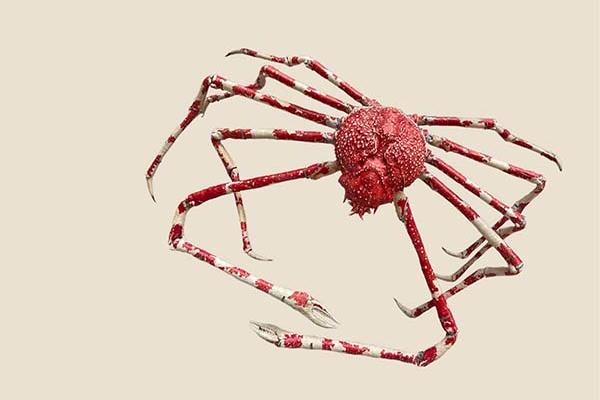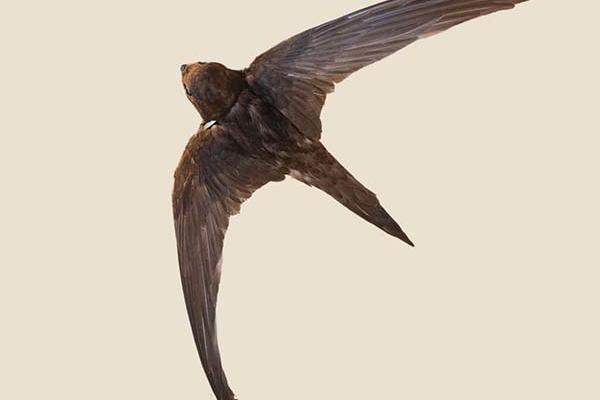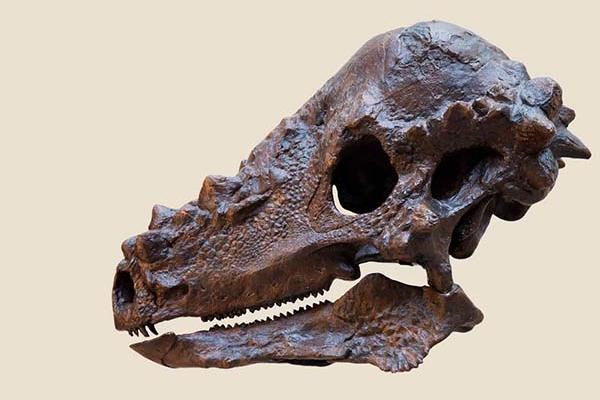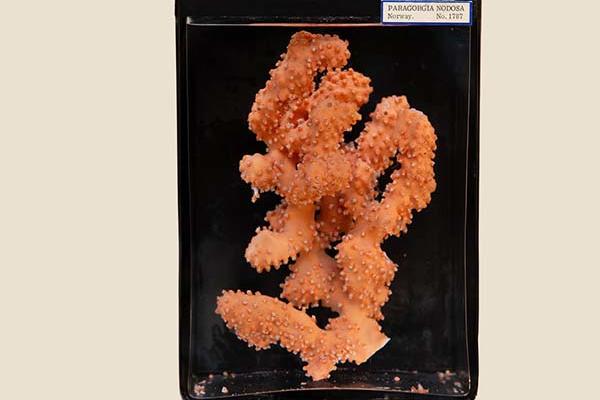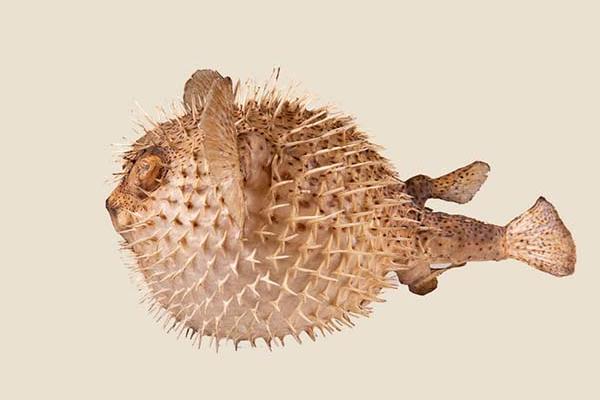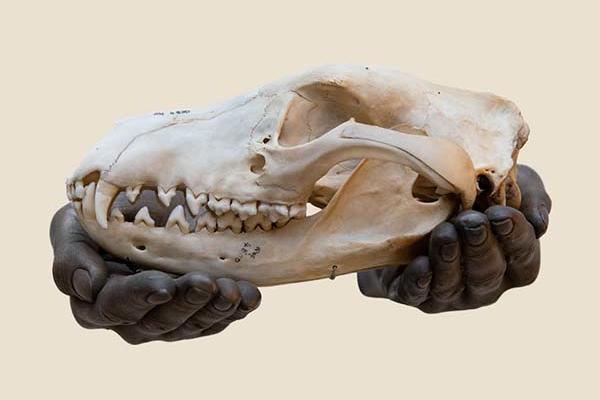Reading the Tree of Life
Biodiversity research at Wytham Woods
Biodiversity research at Wytham Woods
Classifying the abundance of life
Classifying the abundance of life
Conserving Oxford's swifts
Conserving Oxford's swifts
Earth’s five mass extinctions
Earth’s five mass extinctions
How to categorise coral
How to categorise coral
Networks of animal interactions
Networks of animal interactions
Shell variation in molluscs
Shell variation in molluscs
The colourful world of insects
The colourful world of insects
The incredible diversity of 'skin'
The incredible diversity of 'skin'
The tragedy of the Tasmanian Tiger



